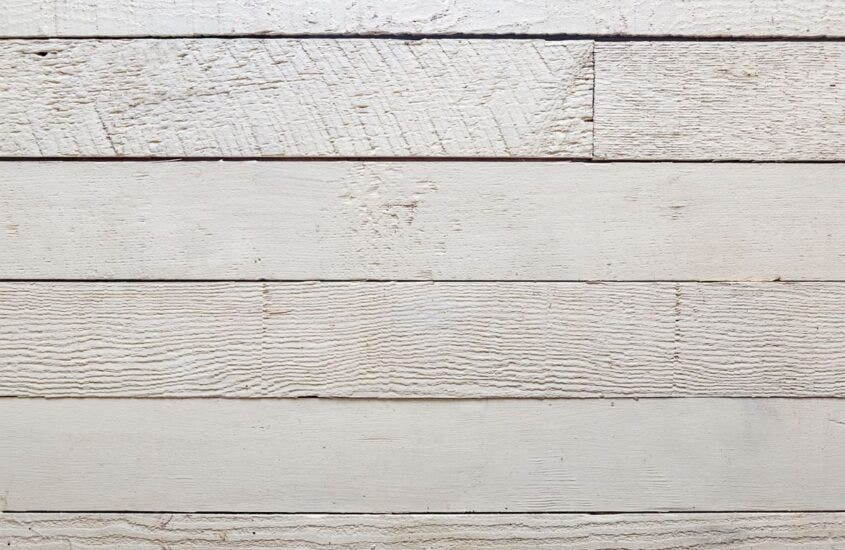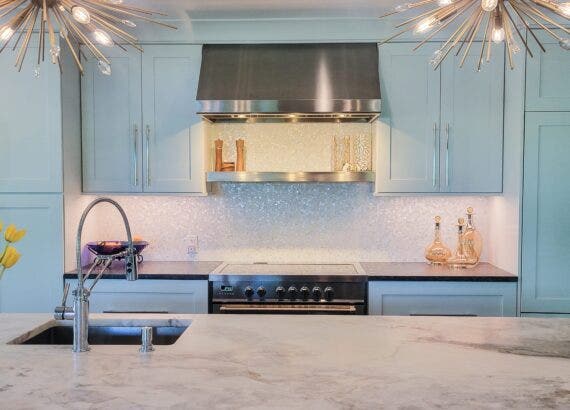How To Install Shiplap On A Wall (Made Simple)

How To Install Shiplap On A Wall – If you are a DIY enthusiast, then we can guarantee you that installing a shiplap will be a piece of cake. If you want to give your home an incredibly stylish, vintage look, then installing this into your home will completely transform it.
How to install shiplap on a wall – All you need is some basic carpentry skills to get going with this project, along with a few select tools that we outline above. To find out how exactly you can go ahead and install a rustic looking shiplap on your wall, keep reading, as we take a look below.
Table of Contents
Gather Your Items
Before you jump straight into the installation process, you’ll want to make sure that you have all of the tools gathered that are necessary for your project.
Below, you’ll find a handy list of all of the items that you’ll require for the job. I will link them over to Amazon so you can grab one, or just look to see what it is if you are unfamiliar with it.
- Spackle
- Spacer
- Nail gun
- Stud finder
- 2 inch nails
- Hammer
- Putty knife
- Sandpaper
- Paint roller pan
- Paintbrush
- Sanding sponge
- Chop saw
- Chalk line
- Mask
- Measuring tape
- Paint
- Table saw
- Circular saw
- Safety goggles
Instructions For Installing Your Shiplap
Now that we’ve covered all of the items that you’ll require for the job, we can get going with the actual process itself. Below you’ll find instructions to follow when installing a shiplap.
1. Work Out How Much Wood You Require
Before you get started, you’ll need to figure out how much plywood you will require for the walls. You can go about measuring this by measuring the length and height of the wall itself.
Make sure that you purchase some extra plywood before starting your project too so that you have a backup in case you make any errors with the measurements.
2. Make Sure That You Purchase The Right Quality Plywood
Some people may not know that plywood is graded according to its quality. ‘A’ signifies that the plywood is of the highest possible quality, whereas ‘C’ means that it is of a far lesser quality.
When looking for the best grade of plywood for your project, we recommend that you buy one that is labeled ‘AC’.
This is because the ‘A’ side can be used for display, whereas the ‘C’ side of the plywood can face the back against the wall.
3. Make Your Plywood Into Shiplap Boards
Begin by measuring the plywood, and splitting them into 8 different pieces. Make sure that these individual pieces are 5 ⅞ wide and eight feet long.
Mark where you need to cut with a piece of chalk to make sure that it’s straight all the way down.
We also want to remind you to don your safety goggles and protective mask before you get started with this portion of the job. Getting unwanted debris in your eyes and mouth can prove harmful.
4. Sand The Wood
You can now go ahead and get started with your sanding to achieve the perfect finish for your boards. Sand away any rough areas to get it as smooth as possible.
5. Paint The Boards
Now you can get on with the fun part – painting your boards. Make sure that the paint that you’re using is suitable for interior work.
You can use either a roller or a paintbrush to paint your boards, it’s totally up to you. After this, allow it to dry.
After the paint has become completely dry, then you can go over it with the sander again. This will allow you to get rid of any little pieces of debris that have stuck to the paint.
After this, you can apply the second coat and leave it to dry again.
6. Remove Molding From Wall
Next, from the wall, you will need to remove the base molding. You can do this by gently using a small putty knife.
7. Mark The Wall
Next, you need to find the vertical studs that are located beneath the drywall, and then mark them with a piece of chalk. You can make the process far easier by using a stud finder to locate them.
8. Line Up With Chalk
You can then go ahead and take your piece of chalk to create horizontal lines to determine where the planks need to be placed.
Make sure that it begins around 6 inches above floor level. You should also leave a gap for expansion because in warm weather conditions, wood does tend to grow in size.
9. Nail The Boards
Now you can begin nailing the boards with some two inch nails. Start by placing one of the boards in the bottom corner, then align them up properly according to the chalk lines.
The easiest way to install them is by using a nail gun.
10. Cut The Boards
Now you can cut the boards into the exact dimensions of your wall. After doing this, you can begin nailing them one by one to the wall using your nail gun and following the chalk lines.
Make a uniform gap between each board by placing ⅛ spacers in between the boards to create the perfect extension gap.
11. Put The Base Mold Back On
After you’ve finished installing the planks on the wall, you can go ahead and put the base mold that you previously moved back on the wall. Use finishing nails for this job.
12. Touch It Up
In order to make the job look as professional as possible, touch up any nail holes simply by using some paint. You can also use some spackle to fill them up beforehand too, if required.
Do you start shiplap from the top or bottom?
You should always start at the bottom of your walls! This is important and helpful for two reasons.
The first benefit is that gravity is able to work with you as you climb up the walls since you start at the bottom.
Additionally, it ensures your boards are full-width, going all the way to the top of the wall, which is aesthetically pleasing.
Do you glue or nail shiplap?
For shiplap with a smooth prepainted surface, you’ll want to use adhesive and nails. Instead of nailing through the face of the board, you’ll only nail through the flange of each board to avoid any visible nail marks that will affect the overall look of your wall.
If you are using rough surfaced shiplap boards, you can use an adhesive caulk and nails.
Can you install shiplap on drywall?
Yes, you can install shiplap right over the drywall. Just make sure you nail directly into the studs. Mark them carefully before you place a single board.
Final Thoughts: How To Install A Shiplap On A Wall
There you have it! Installing a shiplap could never have been easier. If you’re feeling nervous about doing carpentry in your own home, you needn’t be.
If you simply follow the steps outlined above, you’ll have a stylish, vintage-looking room in no time!
Check out some of our other articles below.
- 4 Types of Range Hoods to Never Buy! (And Why)
- Determining the Ideal CFM for Your Outdoor Range Hood (From the Pros)
- Does an outdoor kitchen need a vent hood?
- Who to Hire for Flawless Outdoor Range Hood Installation
- How to Clean Your Outdoor Hood (3 Simple Steps)







Comments are closed.